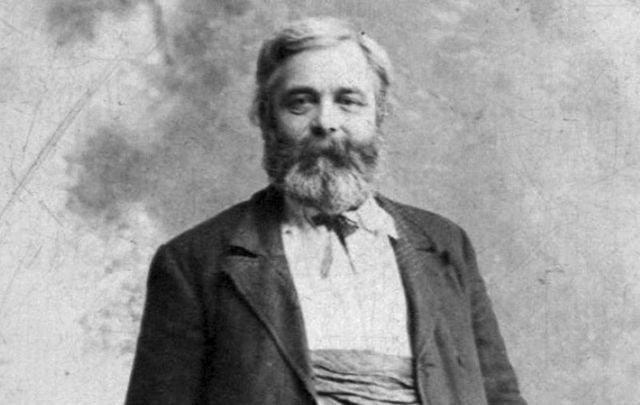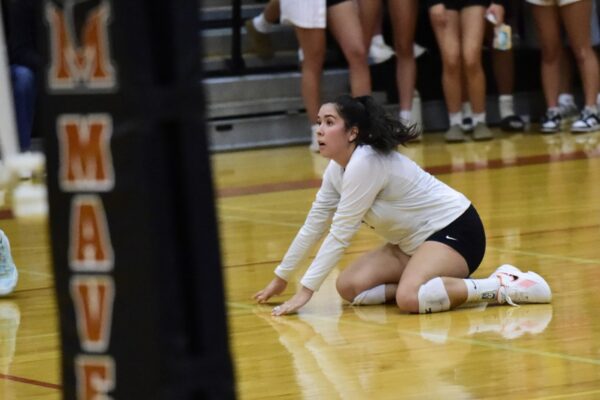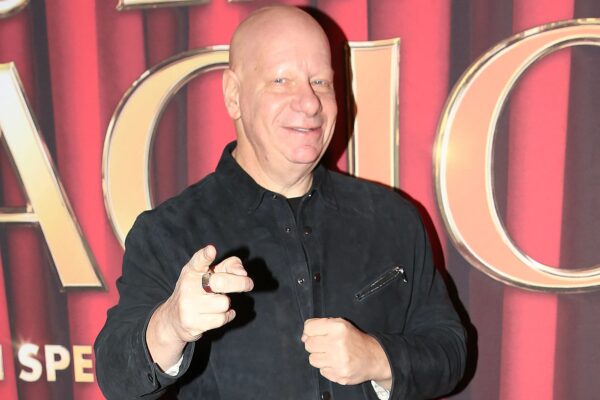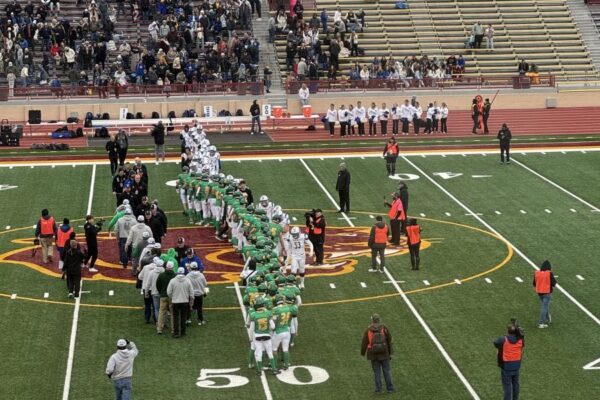
On This Day: Michael Cusack, the father of the GAA, is born in Co Clare
Michael Cusack was born in Carran, Co Clare on September 20, 1847, and went on to found the Gaelic Athletic Association (GAA). Below, we explore how this sports organization—perhaps the most valuable group in the State—helped save Ireland during its fight for freedom.
—
I met with Hugh McCann of the Department of External Affairs in the 1960s, when Ireland was preparing to join the then-European Economic Community (EEC). I asked him whether it was the right thing to do. He replied:
“Well yes, unless of course, we want to continue supplying cheap food and labor to our neighboring island.”
The island of Britain—particularly England—still looms large in Irish life. But thanks to joining the EU, as it is now, Ireland no longer needs to be content solely with supplying Britain with cheap services. The sense of nationality that gave us the courage to join the EU—and the State with which to do it—owes itself in no small part to the GAA.
—
The proximity of our islands means we seem destined to be entangled in Anglo-Irish knots, with Brexit being the most suffocating. We now hear voices such as Arlene Foster’s use of coded, threatening language, warning that the red lines of Unionist objection are not merely red but “blood red.”
However, the combination of independence, education, and a sense of race and place—strengthened so profoundly by the GAA—gives us hope that we will survive these complexities.
—
No observer looking at Ireland in 1884, when Michael Cusack and a handful of Fenians (with one exception—a rugby-playing inspector in the Royal Irish Constabulary) founded the GAA in Hayes Hotel in Thurles, could have foreseen such promise.
The Irish landscape, both psychologically and physically, could easily have been framed out of Goldsmith’s lines:
“Ill fares the land, where wealth accumulates and men decay.”
Archbishop Croke readily agreed to become the patron of Cusack’s new association because of his despair at the sight of young men hanging around with no work and little prospect of any. He rightly saw the GAA as a means to inject energy and purpose into the youth and to inculcate a sense of Irishness, which an education system—based on teaching children that they were English—had done much to erode.
Padraig Pearse would later say that the foundation of the Gaelic League was what recreated the Irish nation. In fact, the GAA preceded the Gaelic League by four years, and both played a part in transforming the psychological and political landscapes to a degree that is hard to grasp today.
—
Cusack’s claim that the GAA spread like a “prairie fire” was accurate. Initially, it began as an athletic association, with hurling and football coming along afterward.
From its inception, the association intermingled with the physical force tradition, so purely sports-minded members such as Cusack continuously struggled with the Fenians for control of the association.
—
In its early days—and indeed up until the coming of so-called “free education” in the 1960s—another struggle occupied the association: the power of the clergy. The GAA was initially dependent on the clergy for secretarial and organizational talent.
The bishop throwing in the ball at the start of the All-Ireland was an apt symbol for the other colonialism vying for Cathleen ni Houlihan’s soul—against Mother England, Mother Church.
—
The Castle authorities and their agents, the Royal Irish Constabulary, perceived the GAA from the start as a threat.
Bloody Sunday was no coincidence, when the British attacked a GAA game between Dublin and Tipperary in Croke Park, killing eleven—including one of the players—and injuring 60 civilians. They knew they were striking at the heart of Irish life.
—
The War of Independence, whose centenary we observe, owed a great deal to the GAA, whose young men marched at public occasions with Tipperary rifles (hurleys) on their shoulders. The GAA performed miracles of tightrope walking between physical-force Fenians and football.
After the 1916 Easter Rising, Croke Park was used for a crucial meeting of the underground Dáil. This meeting brought the volunteers under its control.
—
But the association could always point to its constitution, which stated it was not political and was non-sectarian in outlook.
In Kerry, when the Civil War was at its grimmest, this ruling held fast—allowing Free Staters and Republicans to compete, and then melt into the crowd after the final whistle of a game.
—
After the war, the GAA played a major part in helping bring opposing sides together. Civic Guards played alongside active IRA men, and attendance at matches gave both wounded parties a chance to participate or watch sports while allowing wounds to heal.
—
Unfortunately, the seepage of historical poison made the GAA a target for sectarian assassins when the Troubles broke out. The H-Block controversy almost tore the association asunder in the North.
Somehow, the vision of Cusack and Croke persisted, and the association remained united. But the tensions and shadows of the past still hover.
—
Today, the Kingspan rugby stadium and Windsor Park soccer mecca thrive after rejuvenation. At the same time, a proposal to revivify Casement Park was launched.
Alas, Casement Park lies derelict, with weeds—not footballs—covering its surface.
Such are the twists of history that still influence Ireland during the anniversary year of the War of Independence and arguably make the GAA the most valuable organization in the State.
—
*The GAA and the War of Independence* by Tim Pat Coogan is published by Head of Zeus and is available on Amazon. Tim Pat Coogan is Ireland’s leading historian, having written definitive biographies of Eamon de Valera, Michael Collins, and others.
*Originally published in 2018, updated in 2025.*
https://www.irishcentral.com/roots/michael-cusack-gaa-ireland
You may also like

CHSAA’s 2025 all-state volleyball team from the Front Range


Sonora Wildcats Repeat As Football Section Champions
相关资源
You may be interested
Champions League, Liverpool pip Atletico Madrid 3-2 at Anfield: Stats
Champions League: Liverpool Edge Atletico Madrid 3-2 at Anfield By...
Trent Grisham’s 2 homers power Yankees to 10-5 win over Twins
MINNEAPOLIS (AP) — Trent Grisham homered twice and Cody Bellinger...
Guns and butter: Russia chooses both
A required part of this site couldn’t load. This may...
 The New York Times
The New York Times
- California Gets Heavy Rain, Snarled Travel and Power Outages for Christmas 2025 年 12 月 25 日 Alexander Nazaryan and Thomas Gibbons-Neff
- $1.817 Billion Powerball Jackpot Won by Single Ticket in Arkansas 2025 年 12 月 25 日 Dan Watson and Rylee Kirk
- Christmas Around the World in Photos 2025 年 12 月 25 日 The New York Times
- Why Russia Is Likely to Reject the New US-Ukrainian Peace Plan 2025 年 12 月 25 日 Ivan Nechepurenko
- No Power, No Heat, No Water: Odesa’s Days of Hell Under Russian Fire 2025 年 12 月 25 日 Kim Barker, Oleksandra Mykolyshyn and Laetitia Vançon
- Prominent Leaders Amplify Disinformation About Brown University Shooting 2025 年 12 月 25 日 Steven Lee Myers
- With Airspace Closed, a Lonely Christmas for Many Venezuelans 2025 年 12 月 25 日 Annie Correal
- Estonia’s Man on Capitol Hill Is on a Charm Offensive 2025 年 12 月 25 日 Adam Sella
- Pope Leo Makes Christmas Call for Dialogue to Address World’s Conflicts 2025 年 12 月 25 日 Motoko Rich
- King Charles Urges ‘Compassion’ and Finding Strength in Diversity in Annual Christmas Message 2025 年 12 月 25 日 Lizzie Dearden
Leave a Reply